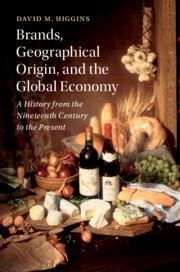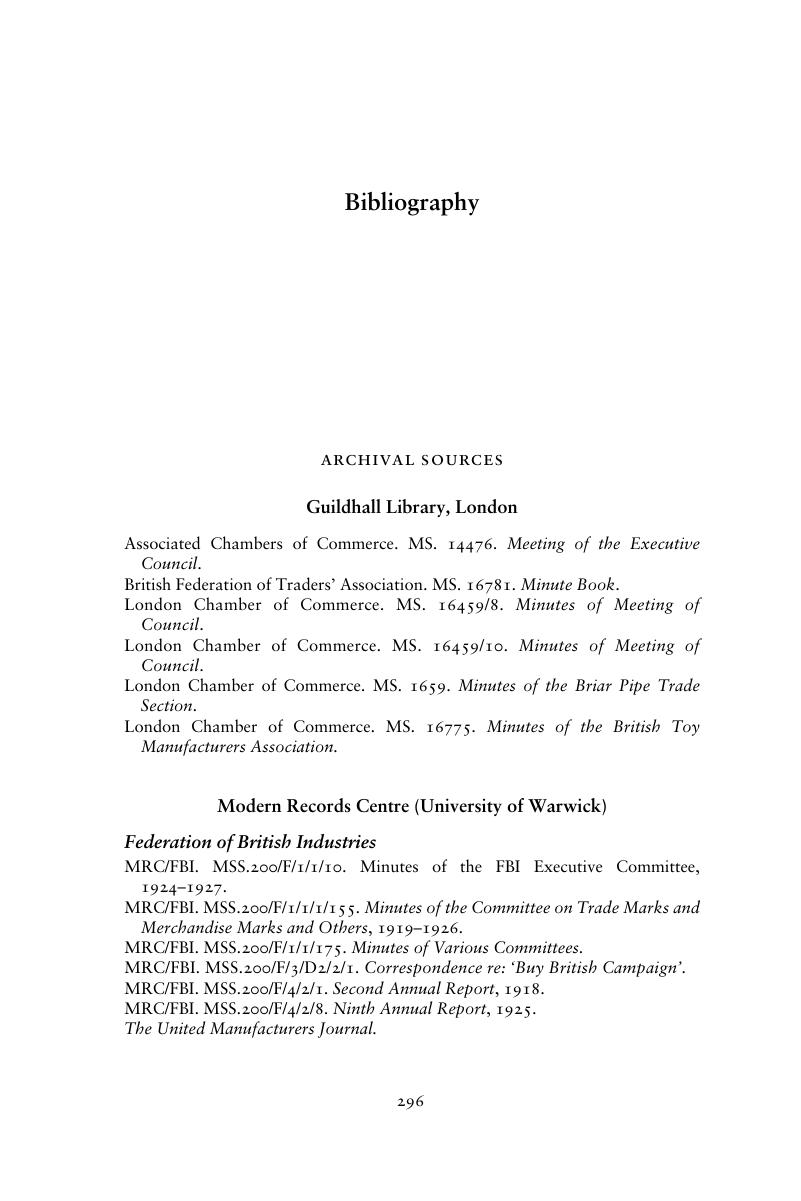 Brands, Geographical Origin, and the Global Economy
Brands, Geographical Origin, and the Global Economy Book contents
- Brands, Geographical Origin, and the Global Economy
- Cambridge Studies in the Emergence of Global Enterprise
- Brands, Geographical Origin, and the Global Economy
- Copyright page
- Dedication
- Contents
- Figures
- Tables
- Acknowledgements
- 1 Geographical Origin in the Global Economy
- 2 Firms and Indications of Geographical Origin in the First Global Economy
- 3 Country of Origin and Agricultural Trade during the Nineteenth Century
- 4 Cooperation, Country of Origin, and Agricultural Trade during the Interwar Period
- 5 ‘Unfair Competition’ and the British Merchandise Marks Act, 1926
- 6 From Paris to London
- 7 The Evolving International Framework for the Protection of IGOs after 1945
- 8 EU Policy on Geographical Indications
- 9 ‘Made in’ and Country of Origin in the Post-1945 Period
- 10 Reflections on the History of IGOs
- Bibliography
- Index
- References
Bibliography
Published online by Cambridge University Press: 25 May 2018
- Brands, Geographical Origin, and the Global Economy
- Cambridge Studies in the Emergence of Global Enterprise
- Brands, Geographical Origin, and the Global Economy
- Copyright page
- Dedication
- Contents
- Figures
- Tables
- Acknowledgements
- 1 Geographical Origin in the Global Economy
- 2 Firms and Indications of Geographical Origin in the First Global Economy
- 3 Country of Origin and Agricultural Trade during the Nineteenth Century
- 4 Cooperation, Country of Origin, and Agricultural Trade during the Interwar Period
- 5 ‘Unfair Competition’ and the British Merchandise Marks Act, 1926
- 6 From Paris to London
- 7 The Evolving International Framework for the Protection of IGOs after 1945
- 8 EU Policy on Geographical Indications
- 9 ‘Made in’ and Country of Origin in the Post-1945 Period
- 10 Reflections on the History of IGOs
- Bibliography
- Index
- References
Summary

- Type
- Chapter
- Information
- Brands, Geographical Origin, and the Global EconomyA History from the Nineteenth Century to the Present, pp. 296 - 325Publisher: Cambridge University PressPrint publication year: 2018
